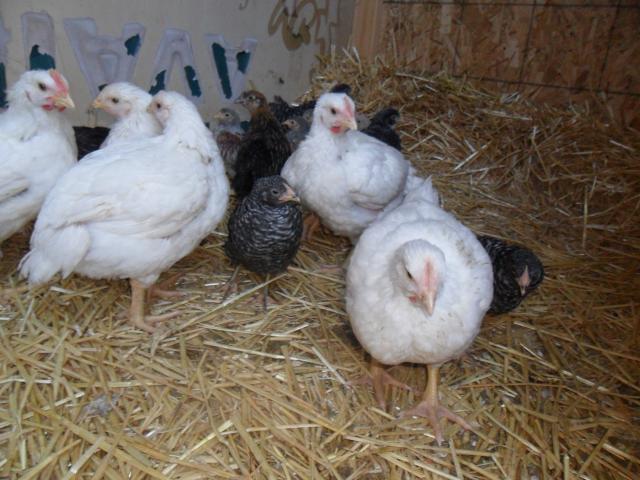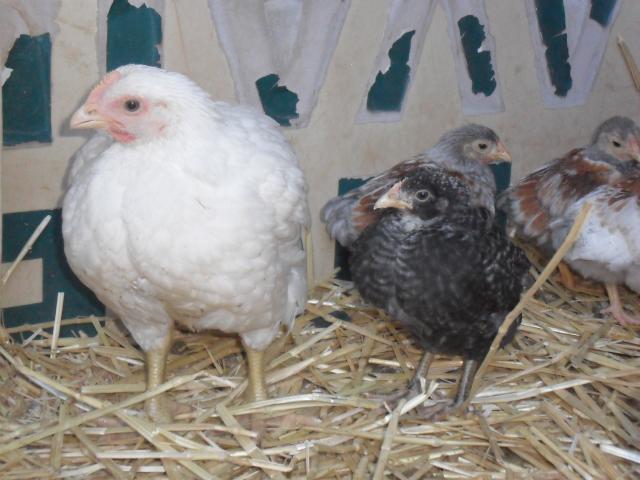Quote:
Hi Jeff and All,
I realize everyone is up to their hip pockets in snow but have your BuckeyeX's started laying yet, if so what is the progress?
Also re-reading the posts I was reminded of another thread about Lemona's. The Lemona was developed at Beltsville Agricultural Research Center in Beltsville, Maryland so the record of crosses should still be available, from Wiki:
"The Lamona is a breed of chicken originating in the United States. It was developed in the early 20th century by Harry S. Lamon, who was the senior poultry expert at the Bureau of Animal Industry,[1] an agency that was eventually replaced by the U.S. Department of Agriculture's Agricultural Research Service.[2]
Working at the Henry A. Wallace Beltsville Agricultural Research Center in Beltsville, Maryland, Lamon crossed White Plymouth Rocks, Silver-Gray Dorkings and White Leghorns to produce the Lamona. The effort began in 1912 and by 1933 it was recognized as a breed by admittance in to the American Poultry Association's Standard of Perfection.[3] A bantam version was miniaturized from the standard Lamona, and it was recognized by the APA in 1960.
Lamonas weigh more than the light Leghorn, but less than the large Plymouth Rock and Dorking. They have yellow skin and white plumage, which makes them ideal meat birds for the U.S. market. They have single combs and red earlobes, and while chickens with red earlobes usually lay brown eggs, Lamonas lay large white eggs.[3] Also unlike most chickens, Lamonas were once said to retain quality as a meat bird after they had passed their egg laying prime (2-3 years).[1]
Due to their strong production characteristics, Lamonas endured a brief popularity in the first half of the 20th century. But after the 1950s, commercial chicken farms switched to the two breeds that dominate the industry in to the 21st century: the Cornish-Rock hybrid for meat and the White Leghorn for eggs.
By the 1980s, Lamonas were close to extinction.[3] The work of a few dedicated preservationists perpetuated the breed for a time. But today, the original Lamona is considered extinct. There are reports from American Livestock Breeds Conservancy and anecdotal sources, the most recent circa 2005, of one or two breeding flocks still in existence, but none of these breeders offer Lamonas for sale.[4]
Since the disappearance of the original large Lamona, poultry enthusiasts have used the breeds known to have first been used in its creation to reconstitute a new bantam Lamona which was finalized in the first five years of the 21st century.[5]"






